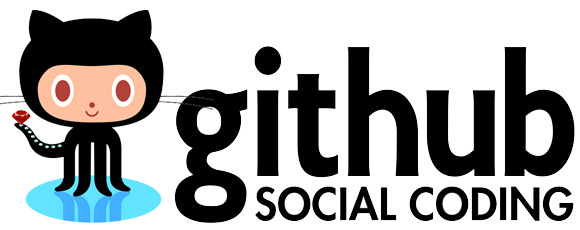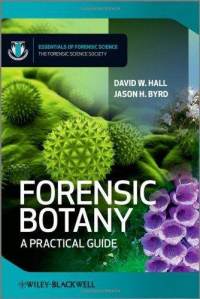Gitzendanner Lab Research Projects
My research spans a broad array of topics generally related to evolutionary genomics. I have studied topics ranging from population and conservation genetics to genomics and bioinformatics. In addition to my research, I am a lab manager for Pam and Doug Soltis’ Laboratory of Molecular Systematics and Evolutionary Genetics and a quarter-time Bioinformatics Specialist providing training and support through UF Research Computing to the users of the High-Performance Computing Center.
Below are descriptions of some of my current research projects.
Genomics and Phylogenomics
My research seeks to advance the application of next generation sequencing technologies to evolutionary genetics questions and to improve the bioinformatics tools to analyze the resulting data.The advent of next generation sequencing has dramatically transformed much of biology including systematics. While a few years ago, sequencing a few genes, even 17 genes, was the norm for plant systematics research, it is now feasible to sequence entire chloroplast genomes for hundreds of samples. At the same time is it possible to extract chloroplast data from samples that were sequenced from whole genomic DNA or RNA extracts.
A group from our lab wrote a paper on Making Next Generation Sequencing Work for You (Godden, Jordon-Thaden et al. 2012) where we outline best practices in applying next generation sequencing technologies to phylogenetic and phylogeographic research projects.
We’ve also looked at plastid enrichment techniques that facilitate massively parallel sequencing of many chloroplast genomes in a single reaction (Stull et al 2013). With this method we’ve been able to sequence up to 96 samples at a time, dramatically reducing costs associated with next gen sequencing and rapidly producing near complete plastid genomes for phylogenetic analyses.

Check out my code on GitHub! I’ve started adding my scripts there to make it easier to share.
Population and Conservation Genetics
I’ve long been interested in the genetics of rare species. Both in terms of conservation genetics and at a more fundamental level, the genetic consequences of rarity itself. Recent research projects include studying the genetic diversity in Ziziphus celata. We recently published a paper demonstrating that this self-incompatible species is highly clonal and has extremely limited genetic diversity (Gitzendanner et al. 2012). This research was also featured in a Florida Museum of Natural History Science Story.
Much of my current population and conservation genetics research uses microsatellites as the main genetic marker. Lately, we’ve been using 454 genomic sequencing as the primary method of designing primers for mircosatellite loci. We’ve successfully used this method on many species (e.g. Hargrove et al. 2012, and Clivati et al. 2012).
Forensic Botany
It’s been a bit of a side project for most of my career, but I’ve long been interested in applications of DNA analyses of plant samples for forensic investigations. I’ve helped out with some cases, and recently wrote a book chapter on the subject.
The tools are largely the same as those used in population and conservation genetics. As with much of my research I’ve been thinking about how next generation sequencing can influence this field. I’m currently starting a new project where I hope to use fungal metagenomics to look at decomposition and post-mortem times.
Scripts
I frequently write scripts, mostly in Perl and Python, to automate various analyses. Some of them are close enough to being useful that I’ve posted them here. Hopefully more will be added as time goes on. I’ll leave these here, but I’ve started adding scripts to GitHub.
ApomorphyTally.pl: This program takes the output from PAUP that describes the apomorphies along branches of a tree. The user provides this file, along with a file describing the CHARSETs for different genes. The program parses the CHARSET information and uses that to go through the apomorphy file tallying the numbers of apomorphies for each gene at each node.
iNquiry/PISE XML files: While these web interfaces for command line applications have largely fallen out of use, if you are using these for your cluster and are interested in an application interface, let me know. I wrote several including MrBayes, GARLI, Structure, and BEAST.